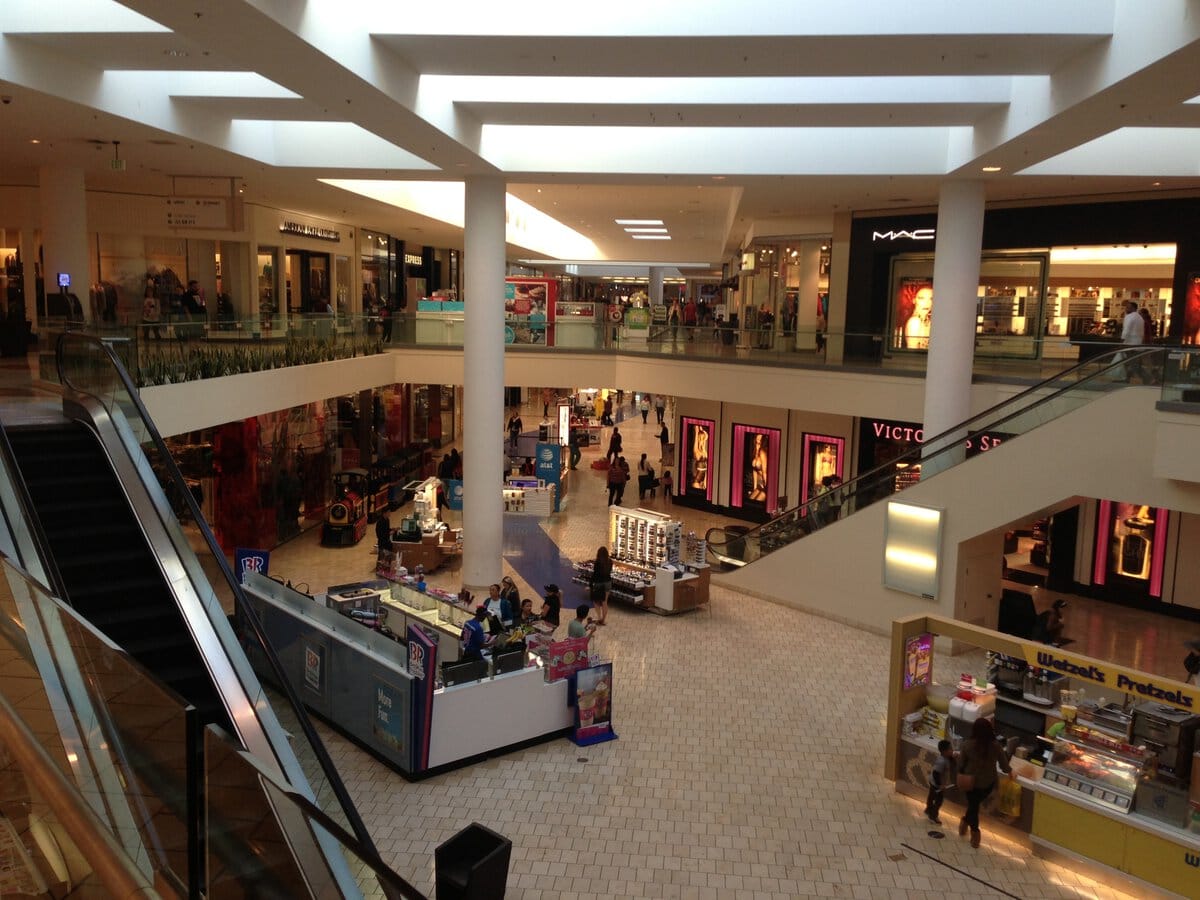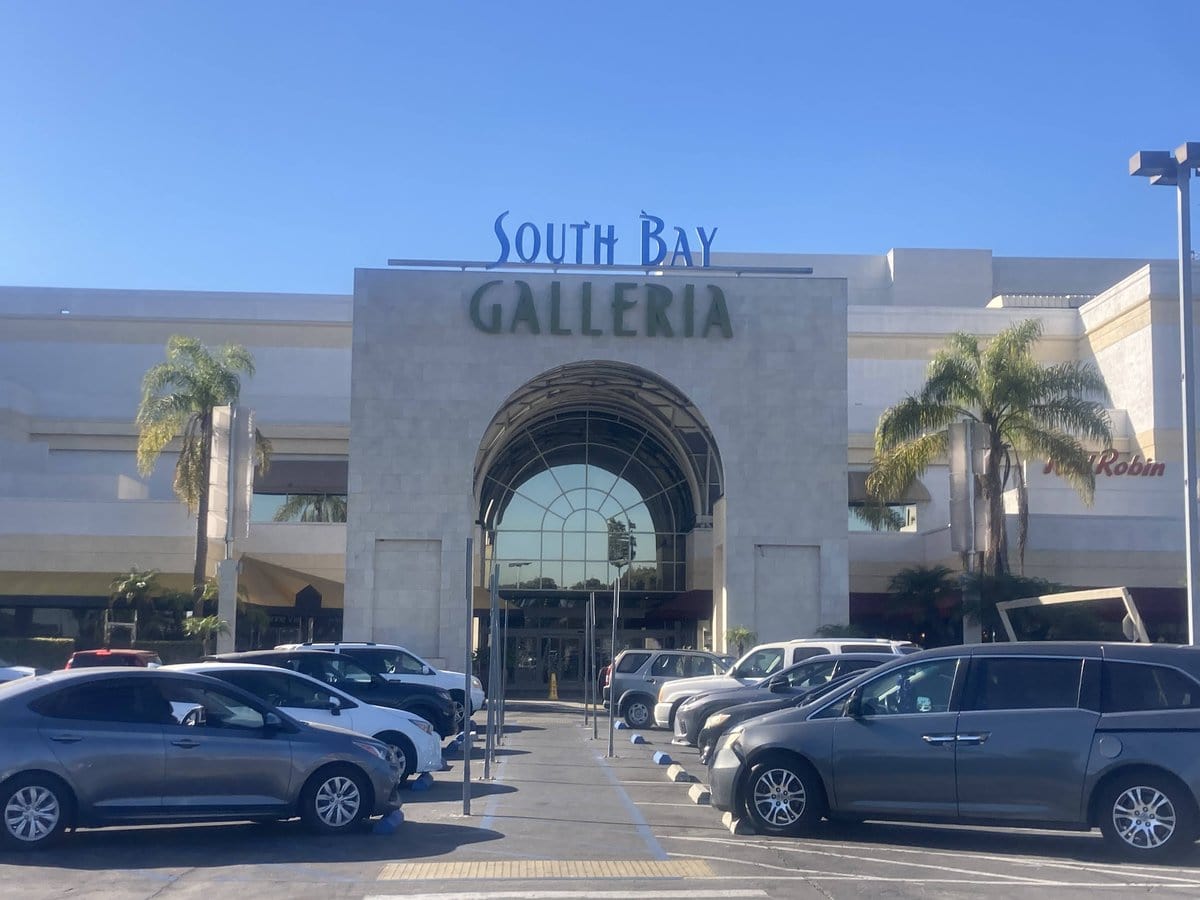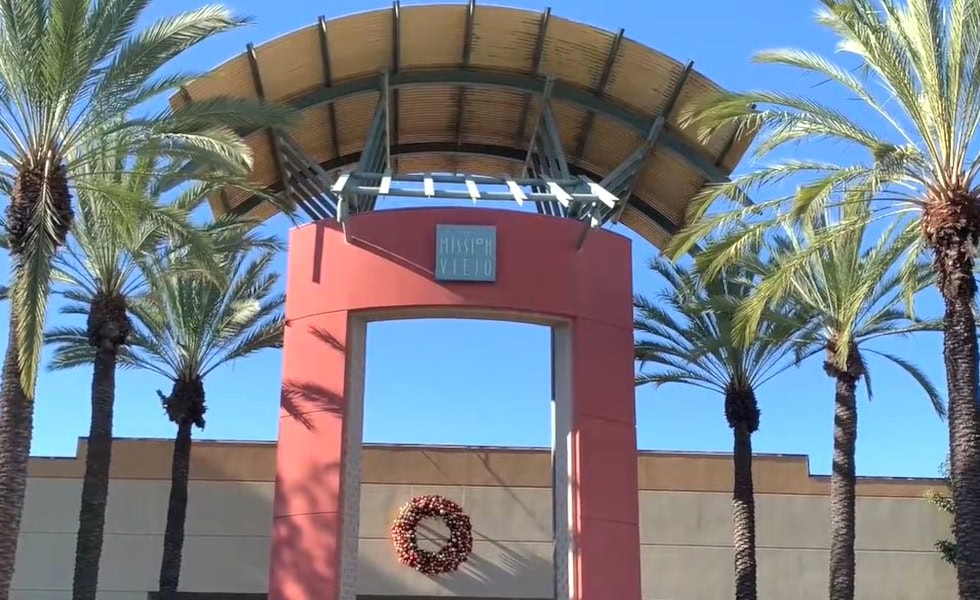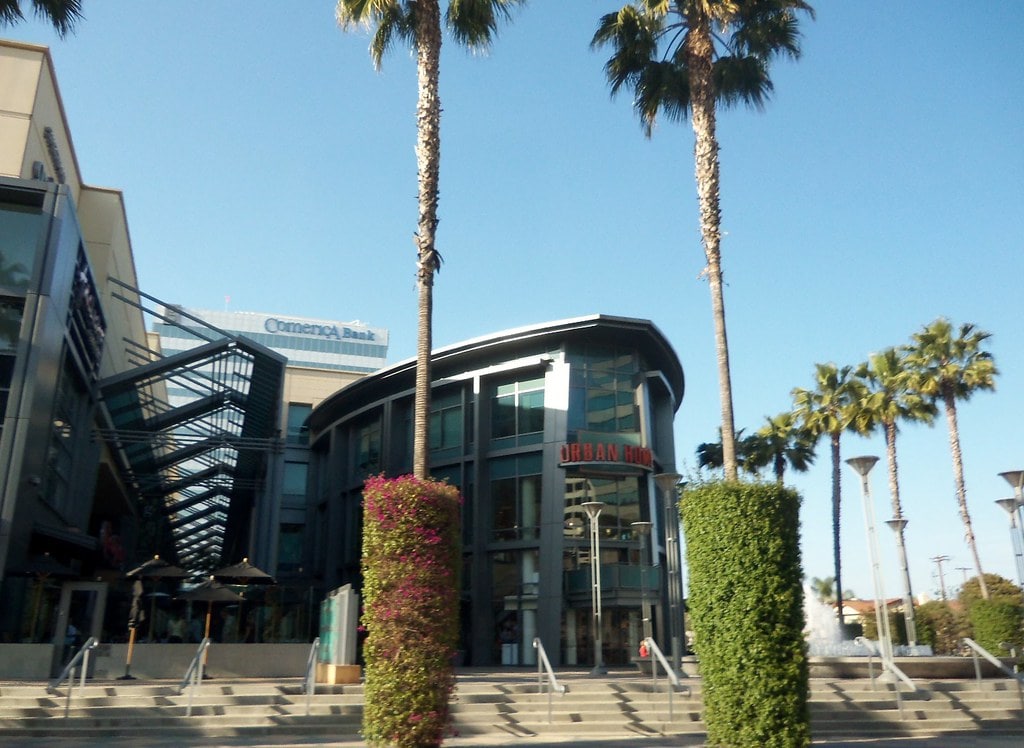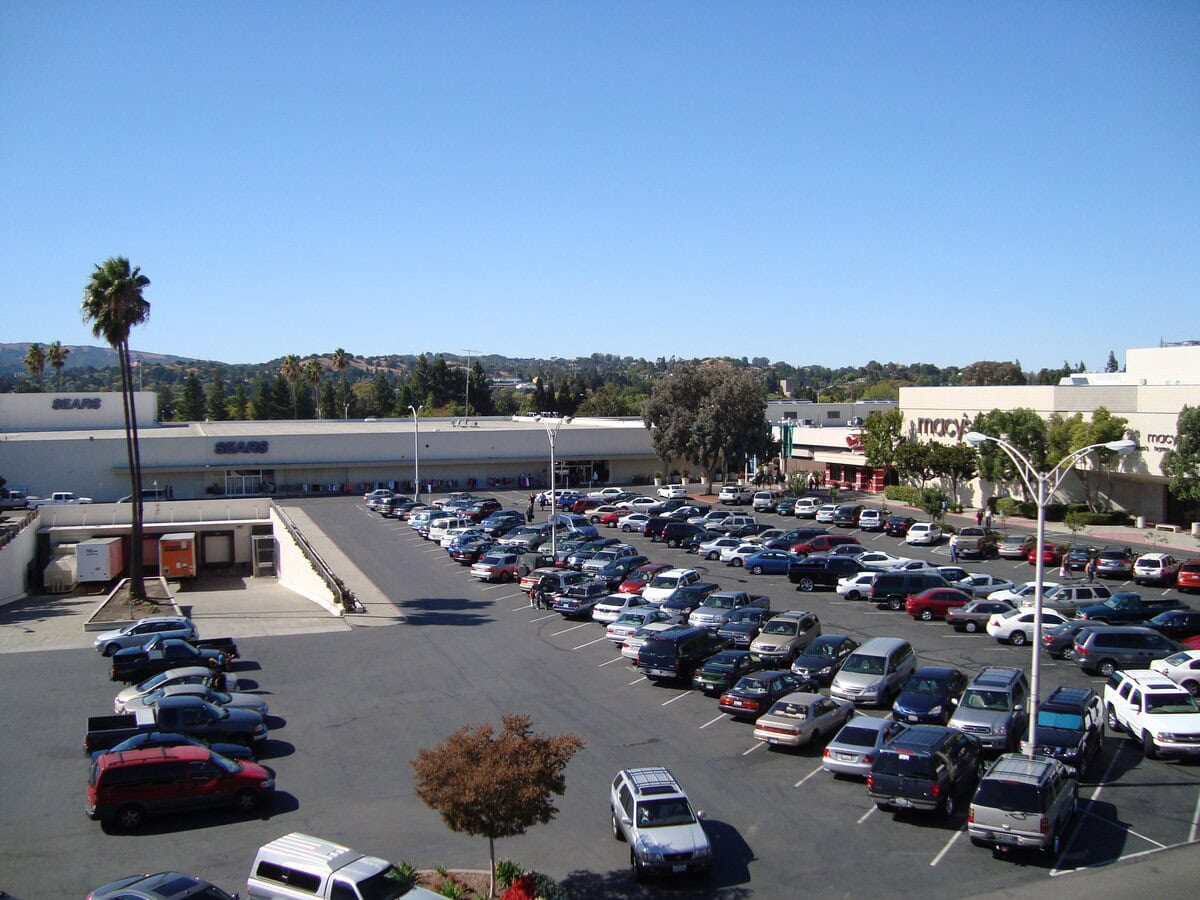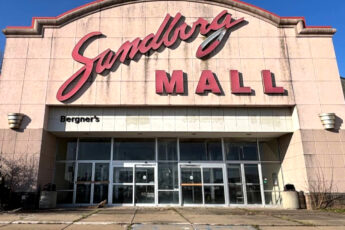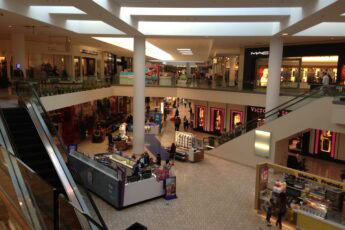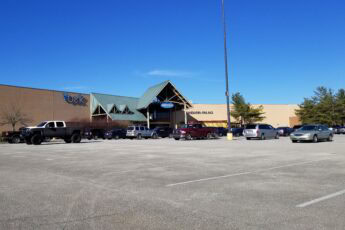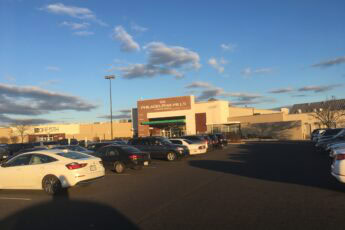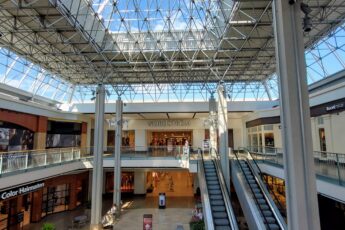Saturdays at Hillsdale: Where the Suburbs First Learned to Shop
Ask around San Mateo, and plenty of people will tell you their first brush with the future came in the parking lot at Hillsdale.
Before the indoor fountains and holiday crowds, kids on bikes might circle the lot, parents debated whether to splurge at Macy's, and the very idea of a one-stop mall felt almost exotic.
The mall stands where two major roads meet, but its roots stretch into a time when Hillsdale meant empty lots and quiet fields.
What's changed? Plenty. What's lingered? The sense that Saturday at the mall still means something, even as new stores come and go.
Building the Blueprint - Real Estate, Risk, and Retail
Take it back to 1939. Developer David D. Bohannon eyed nearly 850 acres in what was then Beresford, not yet called Hillsdale.
The land deal with Burleigh H. Murray was bold, no one knew if suburbia would take root so far south of San Francisco, but Bohannon had other plans.
By 1941, the Andrew Williams Grocery Store was going up at the corner of Hillsdale Boulevard and El Camino Real, laying down a flag for retail where there'd been little before.
Sears stepped in by 1948, picking the site for one of its first moves away from urban centers.
That decision, nearly unheard of at the time, gave Hillsdale an anchor long before most of the Bay Area had caught on.
The mall's full master plan wrapped up in 1952, with Bohannon borrowing ideas from Daly City's Westlake.
No soaring towers, no flashy fountains. Instead, an open-air market with room for neighbors to meet and businesses to try something new.
December 1954 brought the real turning point: Macy's opened its first suburban branch at Hillsdale, right alongside Sears.
Later, Emporium joined in 1962.
By the late fifties, Benny Bufano's modernist sculptures popped up around the mall, lending an artsy edge to all that commerce.
Those early years were about more than just shopping.
They were a gamble on how San Mateo might grow, played out on a patch of former pasture, one parking lot, storefront, and sculpture at a time.

Expansion by Repetition - The Everyday Circuit of Hillsdale
By 1970, the store count passed 150. There were corners for furniture, kitchenware, luggage, fabric, batteries, shoes, and pets.
Regulars came with a mental map. Bufano's sculptures stood near the seams where those paths crossed.
Quiet, strange, and usually ignored.
Fridays ran differently. After 5 p.m., El Camino Real filled with cars pulling into Hillsdale's lot.
Teens coasted through, engine on, windows cracked, music carrying across rows of parked Chevys.
Parents stuck to lists. Groceries first. Then maybe shoes. Then, they stop for something they forgot last week.
Kids peeled off toward comic bins, cassette racks, and toy shelves.
No one called it an outing. It was just the rhythm.
The layout worked for that kind of use. Open-air lanes. No blocked exits.
A place you passed through more than once a week without needing to plan around it.
Spaces turned over fast. Storefronts didn't sit empty. Routines stayed steady, shaped by the mall's density and the habits it fed.
Rival Buildouts and the Fashion Island Trigger
Fashion Island opened in 1982. Hahn Company wanted traction with retailers Hillsdale hadn't yet landed.
The format was newer, tighter, and more controlled.
For about two years, it looked like that gamble might pay off.
Hillsdale didn't wait it out. They took the shell off. Ripped the roofline open. Demo crews came in. The open-air model got pulled apart.
In its place: a two-level enclosed mall with escalators, corridors, and floor plans built for longer stays.
Macy's and Emporium stayed. Mervyn's came in. Nordstrom signed on. That was new. It chose Hillsdale for its first Northern California store.
Fashion Island bled tenants by the early 90s. Gone in 1996. The site converted, Bridgepointe now.
Office units, big box leases, parking volume over foot traffic.
Hillsdale had already settled into its remodel. Enclosed. Fully leased. Caltrain link nearby.
Nordstrom's spot carried weight, it pulled second-floor traffic and kept the center relevant to chain buyers and real estate agents tracking regional turnover.
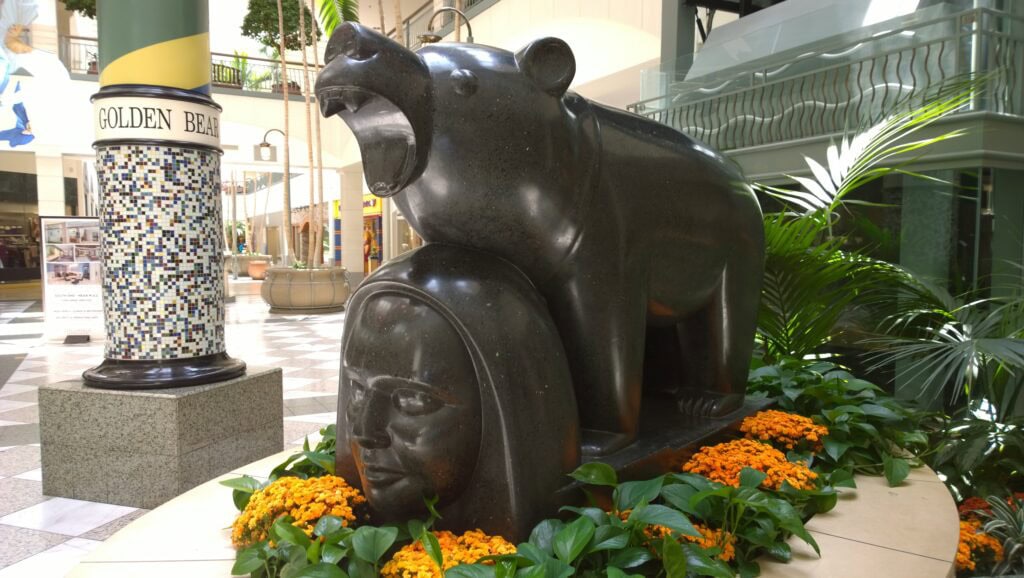
Lease Reactions and Anchor Swaps - Rebalancing the Mall Core
By the mid-1990s, anchor realignment hit Hillsdale again.
Emporium closed in 1995 as a result of the Broadway Stores merger with Macy's.
That left a prime retail footprint vacant. Sears, which had occupied a standalone spot across from the main mall, traded buildings.
It moved into the old Emporium shell in 1996, connecting directly to the mall's internal grid.
That shift changed traffic flow, customers who used to park and walk now entered straight from inside, altering how foot traffic pulsed through the floors.
Mervyn's held its spot until 2008 when the chain filed for bankruptcy and shuttered locations across California.
The Hillsdale unit closed that October. Rather than sit empty, the space was cut up. Cheesecake Factory and H&M filled the ground level.
Forever 21 stretched across the second floor and part of the first, an unusual layout but one that worked for volume.
Crate & Barrel, which had entered in 1996, didn't hold the same traction after its larger stores opened in Palo Alto and San Francisco.
It closed in 2011. Two years later, Paul Martin's American Grill took its place.
The turnover followed a pattern, national names rotating through, each leaving behind a shell with wiring, plumbing, and a floorplate someone else would eventually reuse.
Redevelopment Bids and the North Block Rebuild
Bohannon filed plans in March 2013 to rework the Sears end of Hillsdale.
The idea was to take down the old building north of 31st Street and replace it with a three-story Target, a new luxury cinema, and a relocated food court built into the bridge over 31st.
The blueprint also added a corner parcel build-out near El Camino if a tenant could be lined up.
The project paused that December. Market conditions had shifted.
Sears still operated and hadn't declared an exit date, which complicated demolition timing.
Plans came back in late 2014, stripped down. Target was gone. In its place, entertainment anchors like a bowling alley and fitness center.
The city asked Bohannon to look at housing on the parcel, but the company cited local height limits as a dealbreaker.
A revised version was sent to planning officials in February 2015.
It passed by March 2016. Sears announced its closure. That April, the doors shut.
Demolition started on August 25, 2016. The rebuild aimed at LEED Gold certification.
A luxury cinema opened in late 2017. The new dining area launched on November 17, 2018.
What used to be hard retail space now leaned toward service, food, and long-stay tenants, another pivot in how Hillsdale used its land.
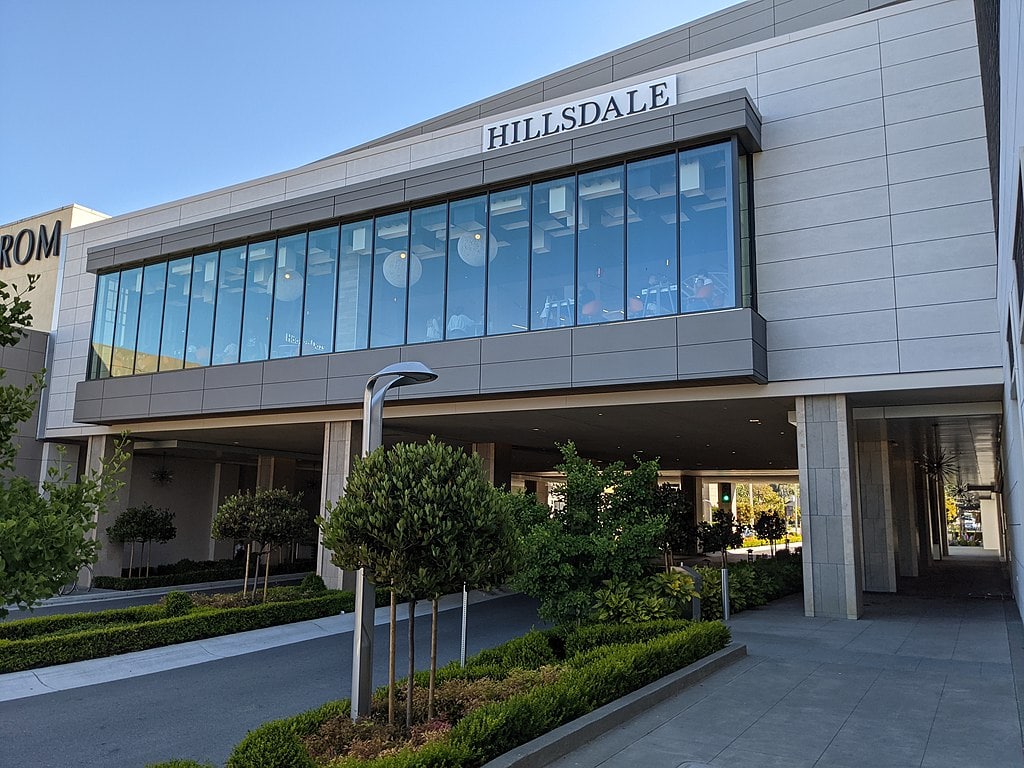
Stakeholders Shift and Mixed-Use Edges In
Ownership changed in late 2021. Northwood Investors took a stake in Hillsdale, cutting into the Bohannon family's long hold.
There wasn't a big reveal. However, the intent showed up fast, convert where possible, layer uses, and break the retail-only model.
San Mateo's zoning slowed the pace. The city's height limits and residential resistance made it clear, nothing vertical without a fight.
Even so, the direction was locked. Leasing strategies started tracking around longer-term use.
Legacy Anchors and Transit Build-In
Macy's still runs at full scale, 246,000 square feet, main level and above.
Nordstrom holds 150,000. They're the last two. Everything else fractured.
Caltrain sits near the site. That line matters. The station brings in foot traffic seven days a week, shoppers, diners, gym members.
No transfers. No shuttle. You step off the train, and you're in range. It keeps the mall relevant without relying on weekend peaks.
Not all properties have that edge.
The old Bay Meadows racetrack nearby, now housing, offices, and mid-density stock.
That added new demand without adding retail square footage.
Hillsdale didn't expand. It shifted. More food, more casual use, fewer high-turnover chains.
Adjacent streets now serve more residents than drivers.
Zoning hearings, traffic caps, mixed-use overlays, those are baked into every new filing.
Macy's and Nordstrom are still anchoring the mall.
But what surrounds them doesn't match the 1982 floor plan.
Or the 1996 one. Or the one from five years ago. And that's the point.
🍀

